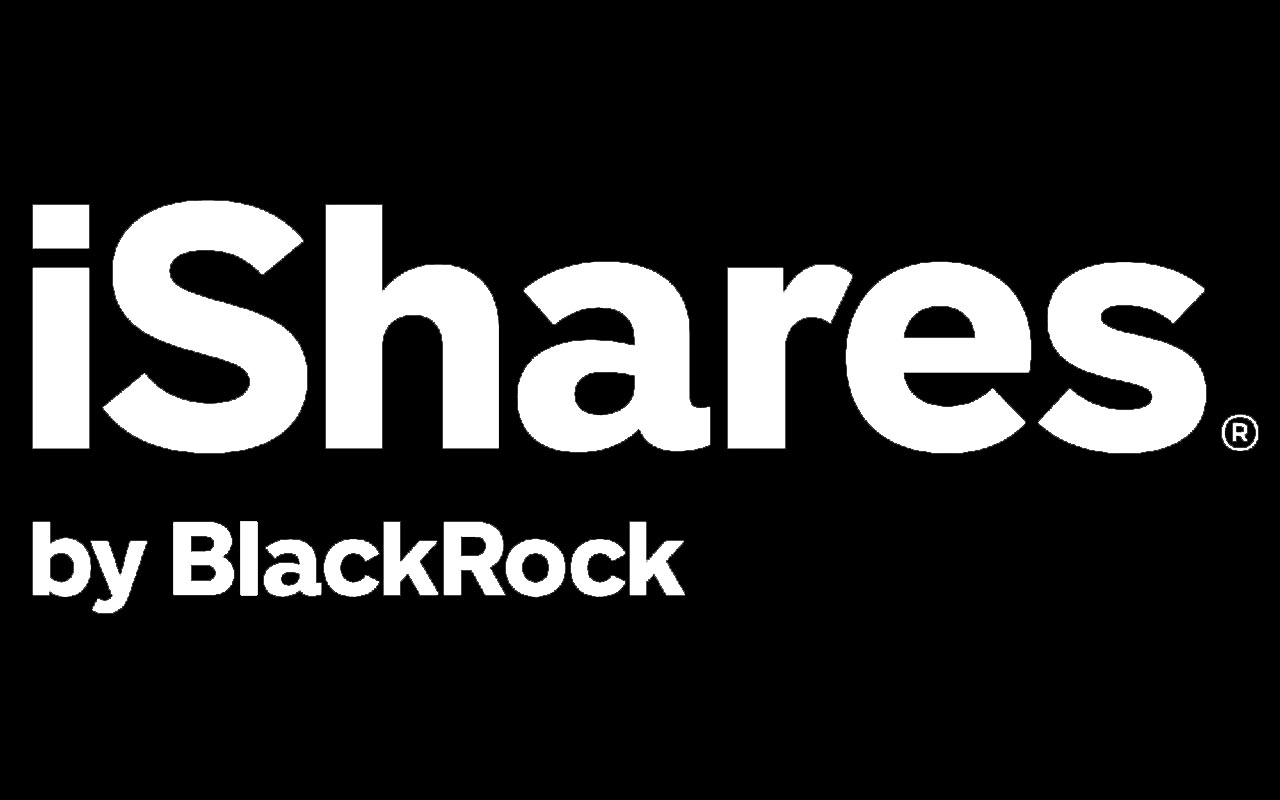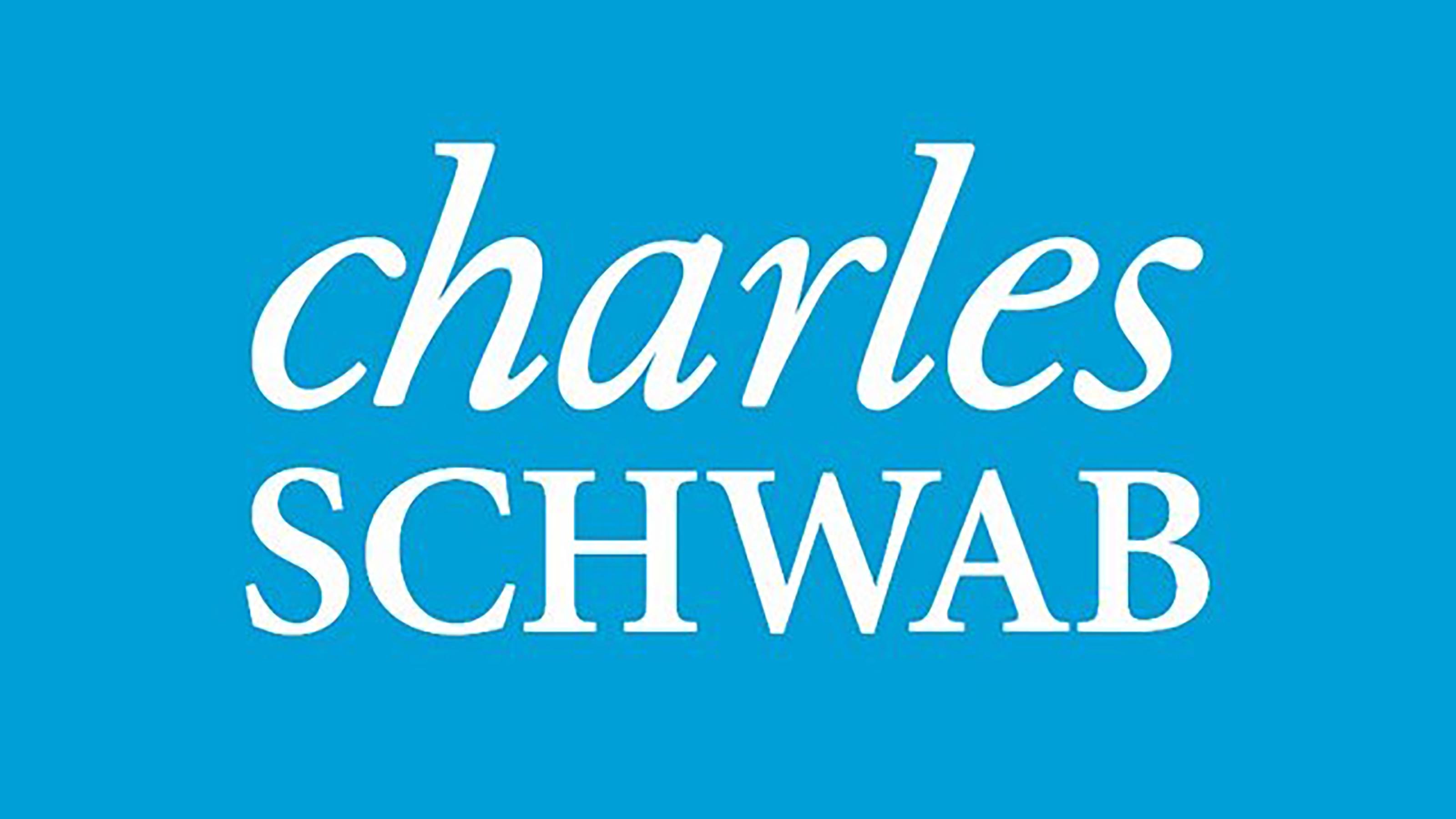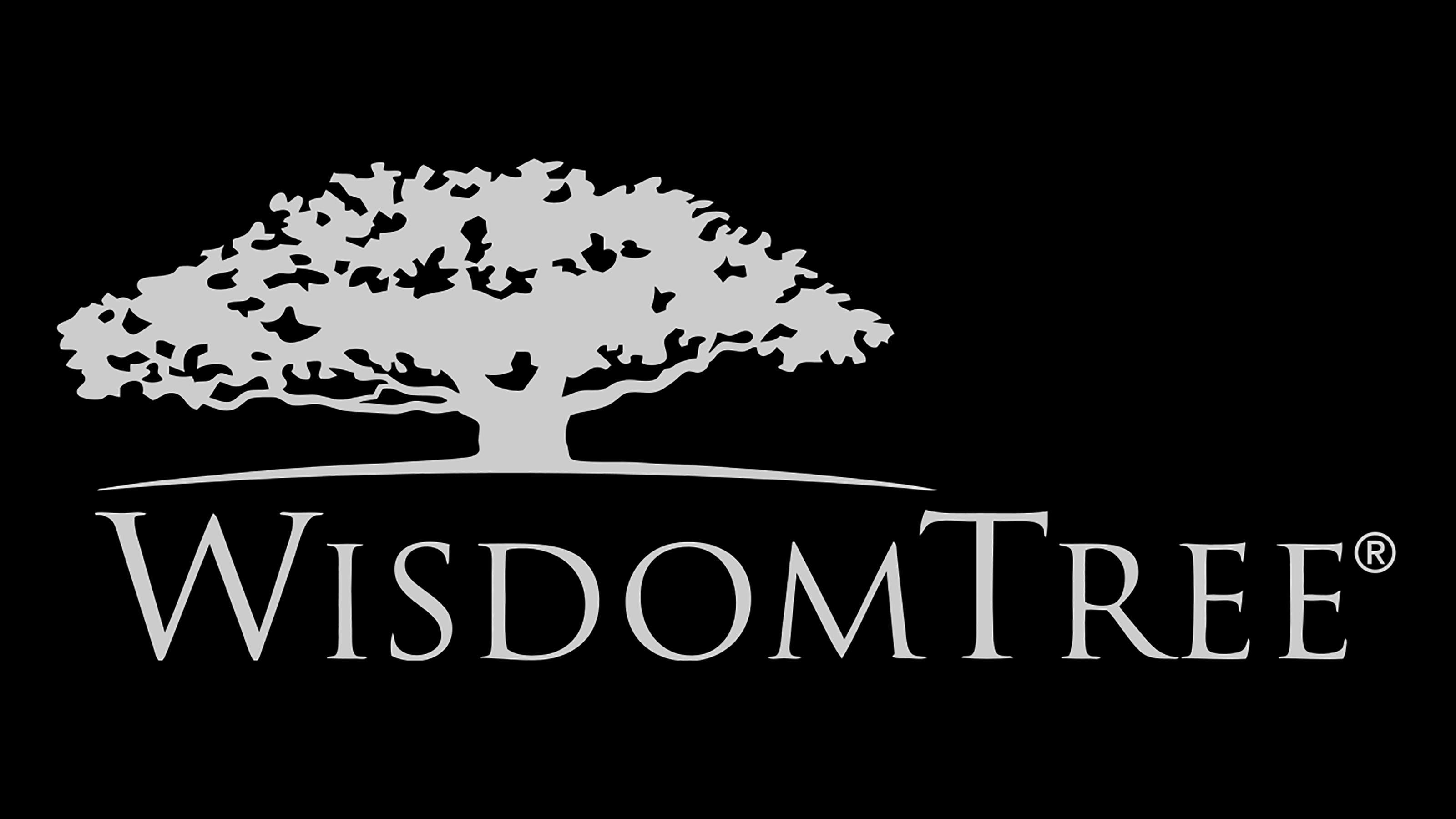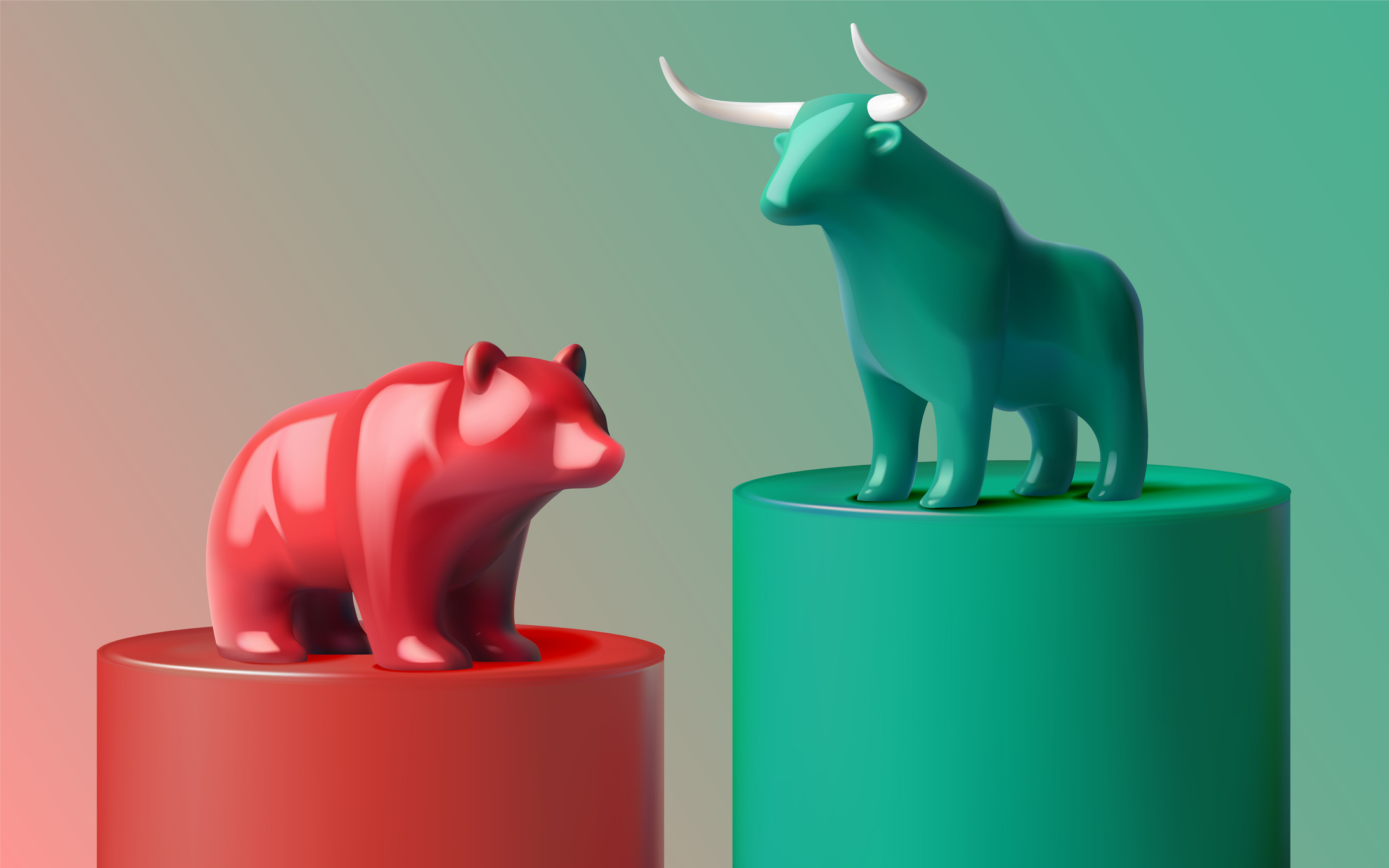Best High-Yield ETFs to Buy Now
These high-yield ETFs screen for stocks paying outsize yields. Here's how to evaluate which ETF is best for your portfolio.


There's no single "right" way to be a dividend investor. Some folks want to focus on long-term growth by prioritizing companies with decades-spanning track records of uninterrupted dividend increases.
Others zero in on quality, favoring firms with sustainable payout ratios and strong balance sheets that are less likely to cut their dividends.
A third approach is to target stocks with above-average yields compared with their sector or the broader market.
Exchange-traded funds (ETFs) offer many ways to implement these strategies, but not all high-yield ETFs are built the same. Understanding the key differences is essential before investing.
Understanding high-yield ETFs
High-yield ETFs are built to deliver more income than broad-market index funds. They achieve that goal by using rules-based frameworks that select stocks with above-average payouts.
For example, a simple version might start with an index such as the S&P 500, then filter for the highest-yielding stocks — the top 25% based on trailing 12-month dividend yields, say. From that group, the ETF constructs a portfolio. But even this approach comes with nuance.
Some funds weight holdings by dividend yield or by total cash dividends paid. Others try to avoid "yield traps," which are stocks with unsustainably high yields. Many also cap the weight of individual stocks or sectors to keep the portfolio diversified and reduce concentration.
Beyond higher income, this strategy tends to come with other side effects. One is a tilt toward value stocks. That's because yield is calculated as dividends divided by share price, so when a stock's price falls, its yield rises. As a result, high-yield screens often select companies that are trading at lower valuations.
However, high-yield ETFs also tend to lag the broad market during periods when growth stocks are leading. That's because many top-performing companies, especially in the technology sector, either don't pay dividends or offer very low yields, meaning they get excluded from high-yield strategies.
Finally, in taxable accounts, high-yield ETFs can face a drag. Every time a dividend is paid, it triggers a tax liability, making these funds better suited for tax-sheltered accounts such as a Roth IRA.
How we chose the best high-yield ETFs
We focused on U.S.-listed high-yield ETFs that generate income from actual stock dividends and not derivatives such as covered calls. We also left out international dividend ETFs to keep the universe simple, cheap and tax efficient.
From there, we applied two core screens. First, we capped the expense ratio at 0.40%, to ensure investors keep more of the income generated. Second, we required at least $1 billion in assets under management (AUM) as a proxy for investor trust, stability and issuer track record.
These filters helped narrow the field to ETFs that not only deliver high income but are also scalable, liquid and cost-effective additions to a long-term portfolio.
Dividend yields on equity funds represent the trailing 12-month yield, a standard measure for equity funds.
Data is as of October 21.
Exchange-traded fund (ticker symbol) | Dividend yield |
|---|---|
Vanguard High Dividend Yield ETF (VYM) | 2.5% |
SPDR Portfolio S&P 500 High Dividend ETF (SPYD) | 4.5% |
iShares Core High Dividend ETF (HDV) | 3.1% |
Schwab U.S. Dividend Equity ETF (SCHD) | 3.8% |
WisdomTree U.S. High Dividend Fund (DHS) | 3.4% |

Vanguard High Dividend Yield ETF
- Assets under management: $61.1 billion
- Expense ratio: 0.06%, or $6 annually on every $10,000 invested
- Dividend yield: 2.6%
The Vanguard High Dividend Yield ETF (VYM) tracks the FTSE High Dividend Yield Index, which includes U.S. companies with forecast-forward dividend yields above the 55th percentile of its selection universe.
To improve tax efficiency, the index also excludes real estate investment trusts (REITs).
VYM currently holds a broadly diversified portfolio of 568 stocks with a market cap-weighted approach and reported turnover of 13%.
The high-yield leans heavily into financial, technology and health care stocks, giving it a mild value and quality tilt without sacrificing diversification.

SPDR Portfolio S&P 500 High Dividend ETF
- Assets under management: $7.3 billion
- Expense ratio: 0.07%
- Dividend yield: 4.5%
The SPDR Portfolio S&P 500 High Dividend ETF (SPYD) takes a straightforward approach to its strategy.
It starts with the S&P 500, already screened for size, revenue, profitability and liquidity, then selects 80 stocks with the highest dividend yields. Those stocks are equally weighted and rebalanced twice a year.
SPYD offers a higher yield than broader funds such as VYM but with trade-offs. For one, it holds no more than 80 names, making it far less diversified.
The high-yield ETF also includes a 22.2% allocation to REITs (real estate investment trusts), which can reduce tax efficiency.
Sector-wise, it leans heavily into consumer staples stocks (16.6%) and financials (14.8%), giving it a much different profile than the overall S&P 500 for better or worse.
Learn more about SPYD at the State Street Global Advisors provider site.

iShares Core High Dividend ETF
- Assets under management: $11.6 billion
- Expense ratio: 0.08%
- Dividend yield: 3.1%
The iShares Core High Dividend ETF (HDV) tracks the Morningstar Dividend Yield Focus Index, which incorporates a more qualitative approach than most dividend benchmarks.
Stocks are selected based on three proprietary Morningstar ratings: Economic Moat Rating (to identify companies with durable competitive advantages); Uncertainty Rating (to assess the range of potential valuation outcomes); and Distance to Default Score (a measure of volatility and leverage).
HDV excludes REITs and holds a concentrated portfolio of 80 stocks, weighted by trailing 12-month dividends paid.
Currently, it leans heavily into consumer staples (25.1%), energy (21.4%) and health care stocks (21.1%). The index's strict rules result in high reported turnover of 82%, making this a surprisingly active ETF despite its passive label.

Schwab U.S. Dividend Equity ETF
- Assets under management: $70.1 billion
- Expense ratio: 0.06%
- Dividend yield: 3.3%
The Schwab U.S. Dividend Equity ETF (SCHD) isn't specifically billed as a high-yield ETF, but its strategy delivers above-average income downstream from quality and growth filters.
The approach makes SCHD one of the most well-rounded and best-performing dividend ETFs available right now.
SCHD tracks the Dow Jones U.S. Dividend 100 Index, which starts by selecting companies with at least 10 consecutive years of dividend payments. It then applies a composite screen based on free cash flow to total debt, return on equity, dividend yield and five-year dividend growth. The resulting portfolio is weighted by market cap, with 4% limits for individual stocks and 25% for sectors.

WisdomTree U.S. High Dividend Fund
- Assets under management: $1.3 billion
- Expense ratio: 0.38%
- Dividend yield: 3.4%
The WisdomTree U.S. High Dividend Fund (DHS) tracks a fundamentally weighted index.
Instead of using market cap, DHS weights holdings based on the total cash dividends each company is projected to pay, adjusted by a composite risk score that accounts for value, quality and momentum. Companies scoring higher receive a larger weighting, while those with weaker fundamentals are scaled down.
The portfolio is tilted toward health care (21.2%), financials (19.1%) and consumer staples (19.0%).
DHS also pays dividends monthly, an added perk for income-focused investors.
Learn more about DHS at the WisdomTree provider site.
Related content
Profit and prosper with the best of Kiplinger's advice on investing, taxes, retirement, personal finance and much more. Delivered daily. Enter your email in the box and click Sign Me Up.
Tony started investing during the 2017 marijuana stock bubble. After incurring some hilarious losses on various poor stock picks, he now adheres to Bogleheads-style passive investing strategies using index ETFs. Tony graduated in 2023 from Columbia University with a Master's degree in risk management. He holds the Certified ETF Advisor (CETF®) designation from The ETF Institute. Tony's work has also appeared in U.S. News & World Report, USA Today, ETF Central, The Motley Fool, TheStreet, and Benzinga. He is the founder of ETF Portfolio Blueprint.
-
 Forget FIRE: Why ‘FILE’ Is the Smarter Move for Child-Free DINKs
Forget FIRE: Why ‘FILE’ Is the Smarter Move for Child-Free DINKsHow shifting from "Retiring Early" to "Living Early" allows child-free adults to enjoy their wealth while they’re still young enough to use it.
-
 7 Tax Blunders to Avoid in Your First Year of Retirement
7 Tax Blunders to Avoid in Your First Year of RetirementA business-as-usual approach to taxes in the first year of retirement can lead to silly trip-ups that erode your nest egg. Here are seven common goofs to avoid.
-
 How to Plan for Social Security in 2026's Changing Landscape
How to Plan for Social Security in 2026's Changing LandscapeNot understanding how the upcoming changes in 2026 might affect you could put your financial security in retirement at risk. This is what you need to know.
-
 7 Tax Blunders to Avoid in Your First Year of Retirement, From a Seasoned Financial Planner
7 Tax Blunders to Avoid in Your First Year of Retirement, From a Seasoned Financial PlannerA business-as-usual approach to taxes in the first year of retirement can lead to silly trip-ups that erode your nest egg. Here are seven common goofs to avoid.
-
 How to Plan for Social Security in 2026's Changing Landscape, From a Financial Professional
How to Plan for Social Security in 2026's Changing Landscape, From a Financial ProfessionalNot understanding how the upcoming changes in 2026 might affect you could put your financial security in retirement at risk. This is what you need to know.
-
 6 Overlooked Areas That Can Make or Break Your Retirement, From a Retirement Adviser
6 Overlooked Areas That Can Make or Break Your Retirement, From a Retirement AdviserIf you're heading into retirement with scattered and uncertain plans, distilling them into these six areas can ensure you thrive in later life.
-
 I'm a Wealth Adviser: These Are the 7 Risks Your Retirement Plan Should Address
I'm a Wealth Adviser: These Are the 7 Risks Your Retirement Plan Should AddressYour retirement needs to be able to withstand several major threats, including inflation, longevity, long-term care costs, market swings and more.
-
 Stocks Struggle for Gains to Start 2026: Stock Market Today
Stocks Struggle for Gains to Start 2026: Stock Market TodayIt's not quite the end of the world as we know it, but Warren Buffett is no longer the CEO of Berkshire Hathaway.
-
 How New Investors Can Pick Their Perfect Portfolio, According to a Pro
How New Investors Can Pick Their Perfect Portfolio, According to a ProSee what Cullen Roche has to say about finding your perfect portfolio as a new investor and his two-word answer on where he thinks the stock market is headed in 2026.
-
 High-Net-Worth Retirees: Don't Overlook These Benefits of Social Security
High-Net-Worth Retirees: Don't Overlook These Benefits of Social SecurityWealthy retirees often overlook Social Security. But timed properly, it can drive tax efficiency, keep Medicare costs in check and strengthen your legacy.
-
 Do You Have an Insurance Coverage Gap for Your Valuables? You May Be Surprised to Learn You Do
Do You Have an Insurance Coverage Gap for Your Valuables? You May Be Surprised to Learn You DoStandard homeowners insurance usually has strict limits on high-value items, so you should formally "schedule" these valuable possessions with your insurer.

